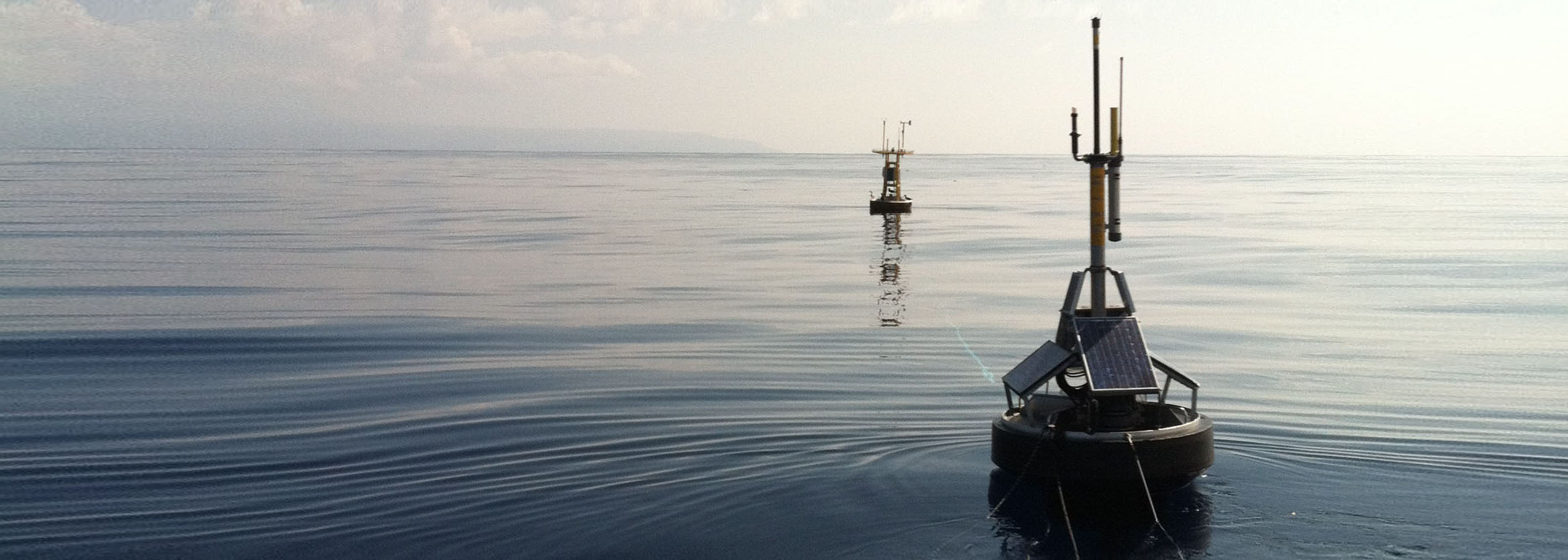Research Project Spotlight
Meet MOBY

One of the SJSU Research Foundation’s most fascinating projects is “MOBY,” short for Marine Optical BuoY, an autonomous optical buoy which is moored off the island of Lanai in Hawaii. The buoy is a primary ocean observatory for the calibration of satellite ocean color sensors. By measuring water-leaving radiance, and assessing the resulting water color, MOBY provides data that satellites can use to continuously calibrate and validate their on-orbit measurements.
The MOBY design process started with NOAA funding in 1988, and in 1992 SJSU’s Moss Landing Marine Laboratories (MLML) was selected through a NASA grant process to participate in the engineering and construction of the initial system. Construction was followed by deployments of prototypes, first in Monterey Bay (1993) and then in Hawaii (1995). The buoy was tested in the fall of 1996 in Hawaii, and MOBY became operational at the current Lanai site in July 1997.
A Hawaii-based MLML team of researchers, scientists, programmers, technicians, and divers has primary responsibility for maintaining and calibrating the buoy. Led by Mark Yarbrough, the team monitors and evaluates the data that MOBY produces.
“MOBY has become a life’s work for me,” Yarbrough says. “The opportunity to regularly work at sea and face new technological and scientific challenges almost daily has provided motivation and held my interest for decades. There is great satisfaction in knowing your work can provide tangible benefit to the extremely valuable satellite programs we support.”
During prevailing trade wind conditions, the buoy’s location off the coat of Lanai is sheltered in the lee of the island, yet it is far enough offshore to minimize atmospheric perturbations associated with the island’s wake. There are two complete MOBY systems, one of which is moored and operational at any given time. The typical duration of a single MOBY deployment is between three and four months. During this period, the other MOBY is maintained and refurbished, and its MOS recalibrated to prepare it for deployment in relief of its alternate.
Today, MOBY is in its 21st year of continuous operation, supporting over a dozen U.S. and international ocean color satellite programs.
More information is available on the MOBY website.